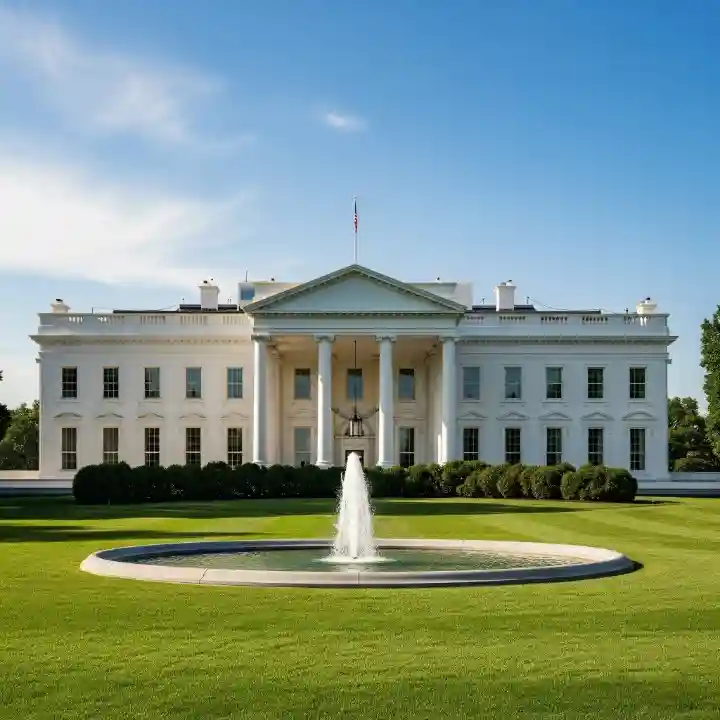This isn’t just a D.C. drama for the headline chasers. Financial leaders, portfolio managers, and even small business operators quickly realize that behind the jargon, this pivot shapes credit, risk, and the very pulse of global rates.
Section 1: The Who, What, and Why Behind the Latest Fed Governor Resignation Trump Nominee News
The Departure at a Glance
On August 1, 2025, Federal Reserve Governor Adriana Kugler announced her resignation, effective immediately, after less than two years on the job. Her departure is both a surprise and a signal. Kugler was noted for her moderate stance and focus on labor market data, often serving as a swing voice on the Federal Open Market Committee (FOMC). With this sudden exit, President Trump is now poised to nominate a successor his first opportunity in this term to directly influence the Fed’s key policy-making body.
Why Does This Matter?
-
Change in voting dynamics: Every Governor shapes the balance of “hawks” (prioritizing inflation) vs. “doves” (prioritizing growth).
-
Policy direction under scrutiny: Any Trump-nominated Fed Governor is likely to face extra media and market scrutiny, with the potential for more hawkish or dovish swings depending on their background.
-
Vacancy in a critical cycle: The Fed is at a policy crossroads balancing stubbornly above-target inflation with a cooling job market and soft consumer sentiment.
Section 2: Why Changing a Fed Governor Matters in the Real World
Imagine the Fed as a committee making decisions about the price of money. One member out, new one in sometimes it barely changes direction. Other times, it swings the vote. With the Fed Governor resignation Trump nominee window now open, market participants are left trying to handicap the likely outcomes:
-
Will the Trump nominee lean for higher rates, worried about inflation?
-
Or will they act swiftly to lower rates, cheering up markets and business confidence even if it risks price pressures?
If you lead a business with a tight credit line or oversee billions in floating-rate debt, you already know: even minor Fed tone shifts mean major bottom-line impacts.
Section 3: How to Respond, Real-World Steps and Strategy for Finance Leaders
1. Prepare for Market Volatility
-
Monitor confirmation process timelines: Trump’s nominee will need Senate confirmation. Each hearing, statement, or leak could move rates and stocks.
-
Expect immediate market pivots: Financial stocks, long bonds, and rate-sensitive sectors (housing, banks, utilities) often react quickly to perceived shifts in Fed stance.
2. Stress-Test Your Rate Scenarios
-
Model cash flow, credit spreads, and investment returns for a +/- 50 basis point shift in the Fed’s policy.
-
Reassess balance sheet sensitivity, especially if your business or portfolio uses variable-rate financing.
3. Communications and Transparency
-
Proactive investor and stakeholder messaging minimizes knee-jerk reactions in volatile periods.
-
Be ready to address “what-if” concerns from clients or staff uncertainty breeds speculation.
Section 4: Common Challenges and Mistakes in a “Fed Governor Resignation Trump Nominee” Cycle
Challenge 1: Reading Too Much Into a Single Resignation
-
Markets often overreact to Fed headlines; remember that actual policy is still decided by committee.
-
Avoid “bet the house” trades on rumor wait for public confirmation of the Trump nominee’s views on rates, regulation, and employment.
Challenge 2: Political vs. Economic Reality
-
There’s a temptation to see every Trump nominee as a radical departure. Historically, most new Governors find themselves aligning with the Chair’s consensus more often than not.
-
Policy continuity is likely, especially during periods of market fragility.
Challenge 3: Misjudging Confirmation Roadblocks
-
The Senate vetting process can be contentious. Build in timeline flexibility; delayed confirmations can leave the Fed with fewer voices, amplifying existing hawk/dove splits.
Section 5: What to Watch Next In the Fed Governor Resignation Trump Nominee Process
-
Nominee background: Academic, Wall Street, Fed system? Each brings distinct policy biases.
-
Senate signals: Early signals from key committee members (especially moderates) will reveal confirmation odds and potential horse-trading for policy concessions.
-
Market expectations: The yield curve, futures on short-term rates, and sector ETFs all provide real-time “bets” on what comes next.
Quick Table: Fed Governor Resignation Trump Nominee Impact on Key Markets
| Asset/Class | Likely Sensitivity to News | Playbook Tip |
|---|---|---|
| Treasury Bonds | High—yields may swing on nominee speeches | Watch confirmation hearings |
| Financial Stocks | Moderate—can rally or dip on rate expectations | Adjust sector allocations |
| Housing ETFs | High—rate-sensitive, especially to dovish pivots | Monitor pre-announced votes |
| Dollar Index | Medium—rises on hawkish talk, falls otherwise | Hedge currency exposure |
| Volatility Index | High—spikes with political risk or surprise names | Keep portfolio flexibility |
Conclusion: Fed Governor Resignation Trump Nominee Turning Change Into Opportunity
The Fed Governor resignation Trump nominee event isn’t just a revolving-door headline; it’s a living test of how politics, economics, and markets collide. For business leaders, investors, and policy junkies alike, it’s a reminder: our financial environment is shaped not just by models, but by people and the power of a single appointment can ripple far beyond Capitol Hill.
What’s your go-to move when policy uncertainty spikes?
Share your thoughts in the comments, or connect with a financial advisor to scenario-map your rate, credit, and risk strategies.





